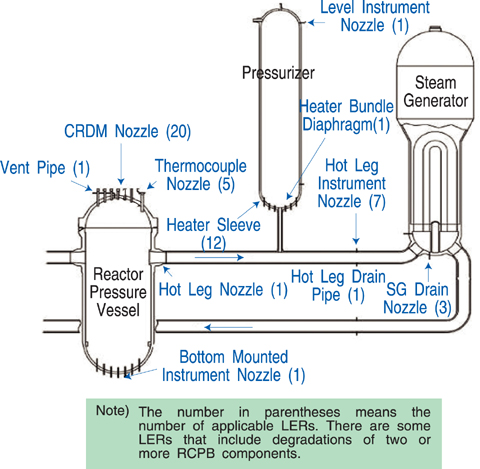
Fig.5-2 Summary of Reactor Coolant PressureBoundary Components with PWSCC Observed
It is worldwide recognized that it is important to learn from operating experience in all technologies. In the field of nuclear technology, nowadays, regulatory authorities and industries have been actively carrying out analysis of incidents to identify their causes and to feed back the lessons learned to the design, operation and maintenance of installations on an international basis.
Since a severe accident at a nuclear installation, in particular a nuclear power plant, could cause serious damage to the environment as well as the surrounding populace, it is generally considered essential to eliminate potential or latent causes that could lead to such an accident in advance. Therefore, it is necessary to collect and analyze event information to consider corrective actions for preventing recurrence of the event. Further, it is important to continuously conduct such activities. At JAEA, such activities have been carried out for some time, and the results from these activities have been provided to the regulatory authorities and utilities in Japan.
Fig.5-2 illustrates an example of results from analysis of recent events which occurred at nuclear power plants. This analysis was carried out on the events involving primary water stress corrosion cracking (PWSCC) observed in the reactor coolant pressure boundary components such as the reactor pressure vessel (RPV) and reactor cooling system (RCS) piping.
Should the RPV or RCS piping break, resulting in a loss-of-coolant-accident (LOCA), the capabilities of core cooling and confinement of radioactive materials would be degraded. To obtain insights useful for preventing such a serious condition from occurring, we analyzed PWSCC events focusing on where PWSCC was observed, a method which could detect PWSCC, and so on. The results from this analysis revealed that PWSCC tends to occur at alloy 600 components exposed to relatively high temperature, such as control rod drive mechanism (CRDM) nozzles and pressurizer heater sleeves. In addition, it was shown that depending on the component affected, the non-destructive examination such as ultrasonic testing and/or eddy current testing is generally needed to detect and/or confirm the PWSCC , as well as visual inspection and different repair techniques should be applied. These results have been published to provide the relevant regulatory authorities and industries in Japan with the lessons learned and insights gained that seem useful for the early detection of PWSCC at nuclear power plants.